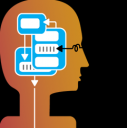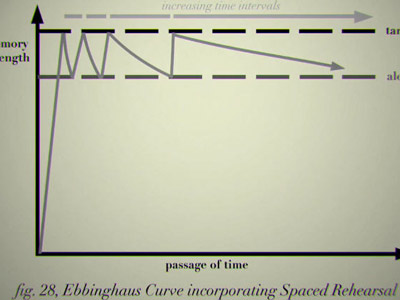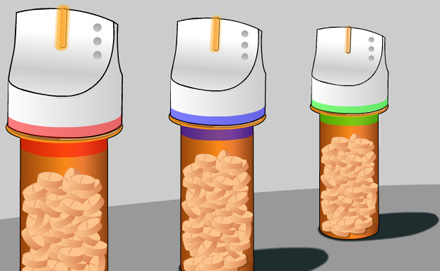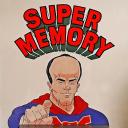Design a guided imagery experiment to reveal what people really think-and-feel
 Figuring out what people really think and feel is the big problem in cognitive design. After all, most of what we know (memory) is implicit and cannot be readily called to mind and reported. Simply asking people what they think and feel fails to produce interesting results. That is why we do protocol studies, build prototypes and ask people to bring in pictures that resonate with them. All so we can play detective and try and infer what cognitive biases, mental models, metaphors and other implicit memories are beneath the surface driving thoughts and feelings.
Figuring out what people really think and feel is the big problem in cognitive design. After all, most of what we know (memory) is implicit and cannot be readily called to mind and reported. Simply asking people what they think and feel fails to produce interesting results. That is why we do protocol studies, build prototypes and ask people to bring in pictures that resonate with them. All so we can play detective and try and infer what cognitive biases, mental models, metaphors and other implicit memories are beneath the surface driving thoughts and feelings.
I was reading a post, Mind over Matter: Imagery in the Classroom, on the Eide Neurolearning Blog and it reminded me of powerful technique for getting at implicit or unconscious memories – mental imagery. The post links to a chapter by Kosslyn and Moulton on Mental Imagery and Implicit Memory. This is a must read for cognitive designers for several reasons.
 First, it provides ample scientific evidence for the claim that asking people to imagine doing something and reporting on the experience (a guided imagery experiment) is a powerful way to reveal how they really think about things.
First, it provides ample scientific evidence for the claim that asking people to imagine doing something and reporting on the experience (a guided imagery experiment) is a powerful way to reveal how they really think about things.
More specifically, it argues how we simulate things in our mind (imagine doing and feeling things via imagination) provides many clues into the content of implicit memories. This make sense because in the absence of direct perception to guide our thinking we must rely of what we assume to know, or what we know unconsciously to construct events, project behaviors and simulate feelings.
(more…)

 As we age we begin to bind or encode non-relevant bits of information into the memories we form. This is called hyper-binding and reveals an interesting increase in bandwidth but decrease in discrimination in memory formation in the elderly. This may have significant implications for the cognitive designer.
As we age we begin to bind or encode non-relevant bits of information into the memories we form. This is called hyper-binding and reveals an interesting increase in bandwidth but decrease in discrimination in memory formation in the elderly. This may have significant implications for the cognitive designer.











